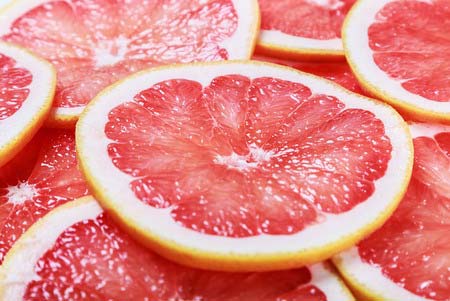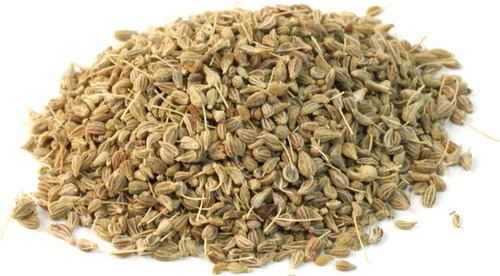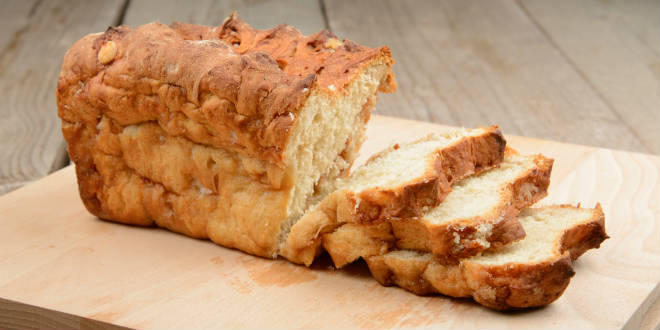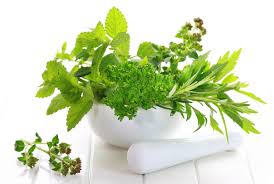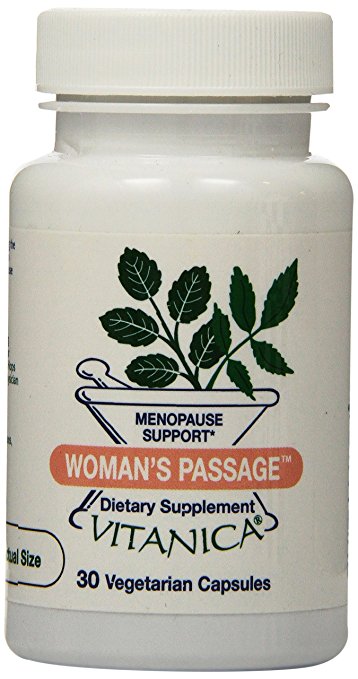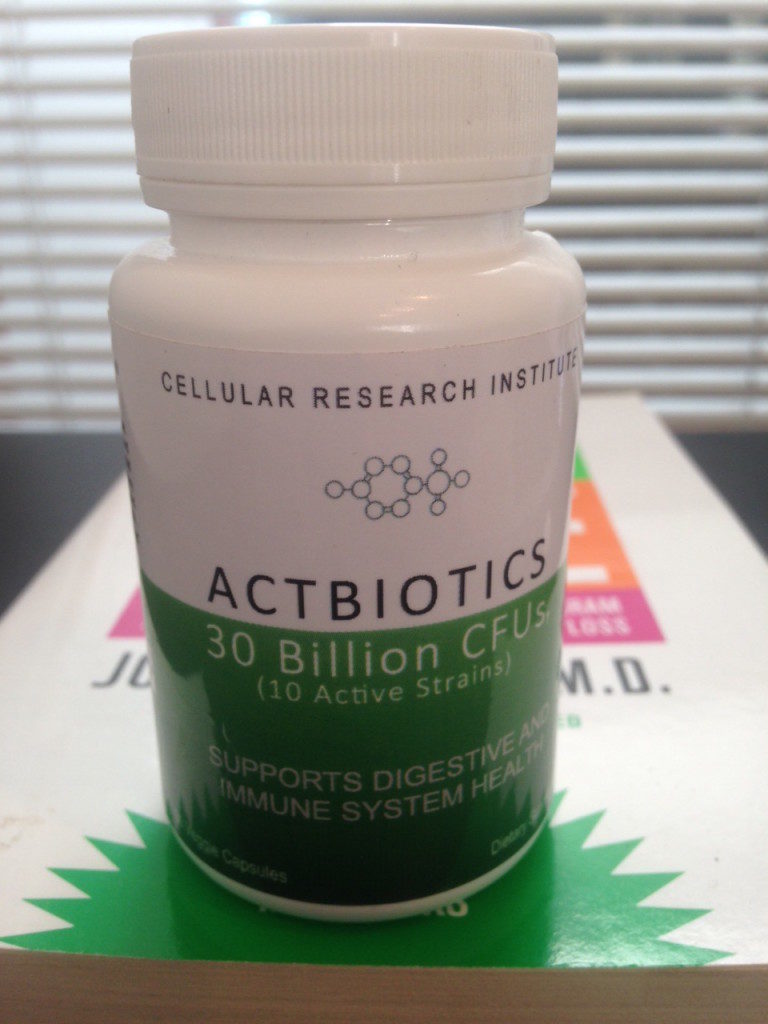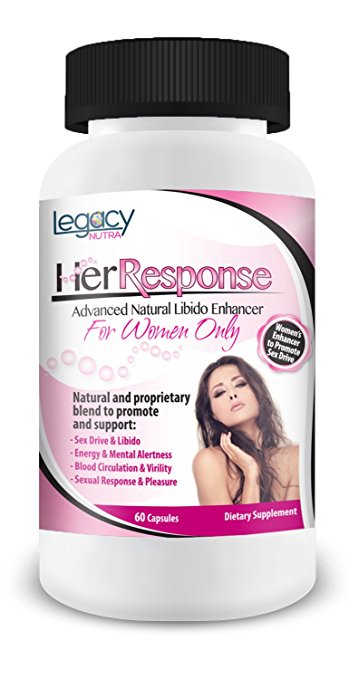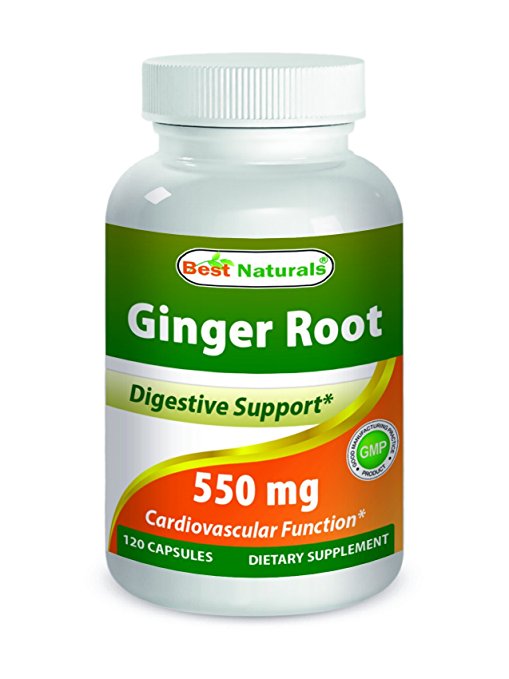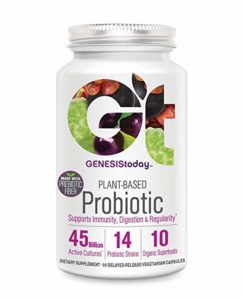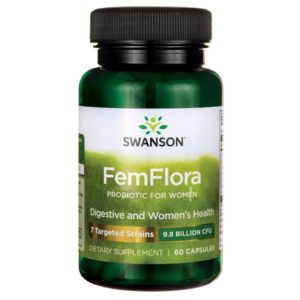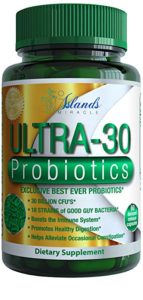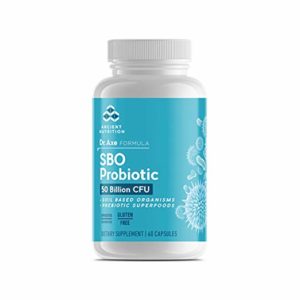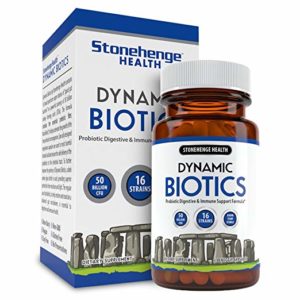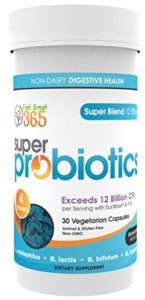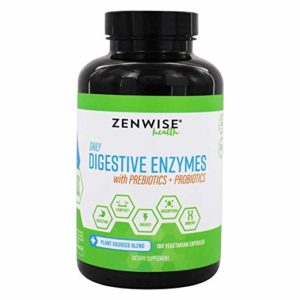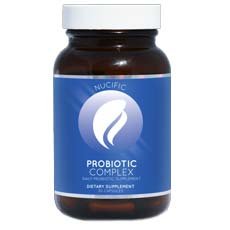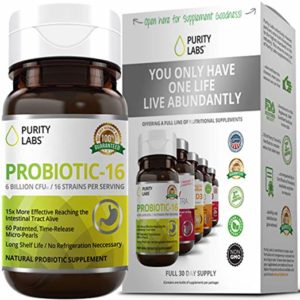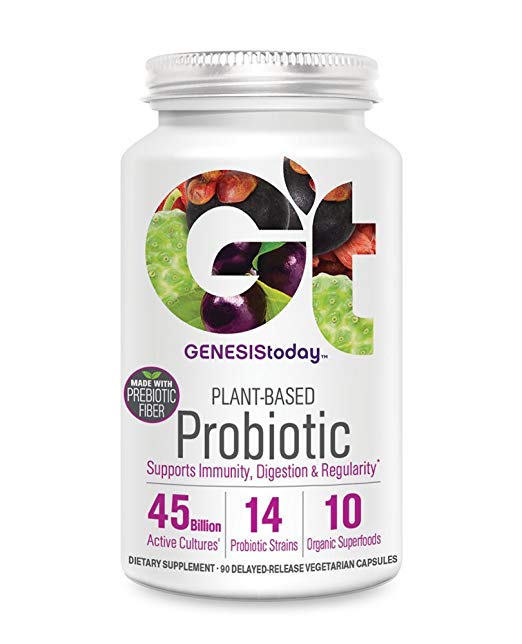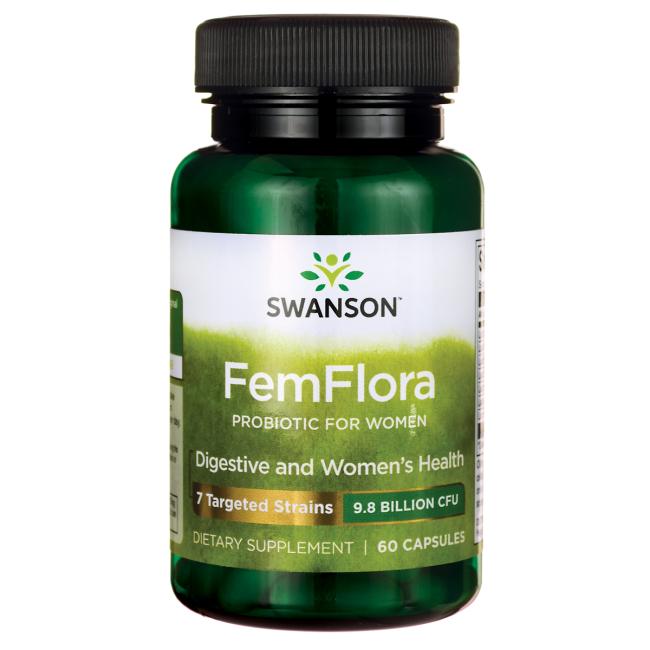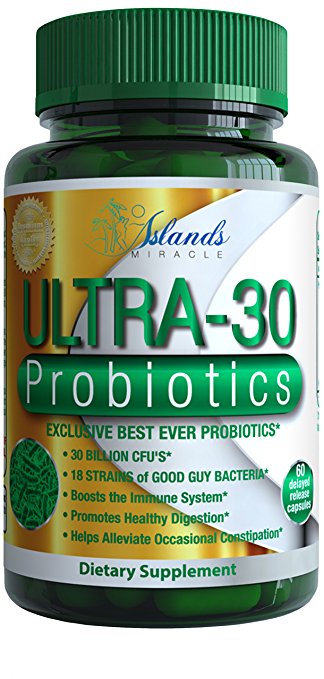
Feminine Issues?

The only All-Natural Product for:
- Feminine Issues
- Vaginal Odor
- Vaginal Itching
- Vaginal Discharge
Start Seeing A Difference Within a Few Days of Taking it!
WHAT'S THE PROOF?
Out of the tens of thousands of women that have tried Balance Complex, over 700 have been so impressed by the results, that they have voiced their results in the form of reviews for the product on Amazon, the world most TRUSTED online marketplace.
Below are just a few of the reviews of Balance Complex on Amazon:

"I have been looking for a probiotic to help with my feminine issues and this has done the trick!I have already recommended to other friends!" *

"I loved it. Just knowing that I was taking care of any problems that might occur that we as females go through gave me a piece of mind." *

"I was surprised it worked as fast as it did. Very Effective & Natural. I take one at night and one in the afternoon. And I feel so much better." *
Every order of Balance Complex on Amazon is backed by Amazon’s 100% money back satisfaction guarantee.
Try it for up to 90 days and if you aren't thrilled with the results, just notify Amazon and they will give you a full refund.

Candida Overgrowth and Leaky Gut
The inner ecosystem of your digestive tract is a rich community. It is bustling with bacteria and yeast. As it turns out, these bacteria and yeast do more than help digest food and manufacture nutrients. The bugs in your gut also interact with your immune system, the chemicals in your brain, and your hormones. Candida albicans is well-known yeast that is naturally found in the mouth, the gut, and the birth canal.
It is opportunistic, which means that if it has an opportunity to grow and take over an environment—it will. What goes into your mouth (and into your gut) influences your inner ecosystem. Certain foods can irritate the lining of the digestive tract. Other foods feed disease-causing bacteria and Candida overgrowth. Once this happens, the gut wall—or the landscape of your inner ecosystem—becomes inflamed. An inflamed gut is a “leaky gut.” What major factors contribute to Candida overgrowth? A diet high in sugar, an imbalanced immune system, stress, bacterial overgrowth in the gut, oral contraceptives use, or an imbalance in estrogen
Candida has developed a number of ways to evade your immune system and manipulate its environment. This makes Candida particularly difficult to control. For starters, Candida has the ability to stick to your cells and invade them. It does this with proteins called adhesins, which are found in the cell wall of Candida. Adhesins act like double-sided tape. They help Candida stick to mucosal tissue. Adhesins also help Candida cells to aggregate—or form—sticky, gummy colonies.
Even more troubling is what happens to the tissue beneath Candida once colonies begin to form. In some cases, Candida yeast cells invade human cells and bud inside the cell—undetected and unnoticed. Other studies show that Candida may be able to do this because it turns “off” white blood cells that protect cells from invasion.
Your inner ecosystem is healthiest when it houses a wide range of beneficial bacteria and yeast. These good bacteria and yeast not only compete with Candida for resources, they also produce substances that curb Candida overgrowth.
For example, a 2012 study shows that lactic acid—which is produced by good bacteria—inhibits the growth of Candida. (9) Another study that was published in the Journal of Biomedical Science confirms that while Candida overgrowth activates inflammation, good bacteria (or probiotics) inhibit it.
In order to get Candida overgrowth under control, it is critical to harmonize the inner ecology of the gut. Good bacteria living in the gut work in partnership with your immune system, keeping Candida overgrowth in check.
Review Overview
5.1 OVERALL SCORE
Feminine Issues?

The only All-Natural Product for:
- Feminine Issues
- Vaginal Odor
- Vaginal Itching
- Vaginal Discharge
Start Seeing A Difference Within a Few Days of Taking it!
WHAT'S THE PROOF?
Out of the tens of thousands of women that have tried Balance Complex, over 700 have been so impressed by the results, that they have voiced their results in the form of reviews for the product on Amazon, the world most TRUSTED online marketplace.
Below are just a few of the reviews of Balance Complex on Amazon:

"I have been looking for a probiotic to help with my feminine issues and this has done the trick!I have already recommended to other friends!" *

"I loved it. Just knowing that I was taking care of any problems that might occur that we as females go through gave me a piece of mind." *

"I was surprised it worked as fast as it did. Very Effective & Natural. I take one at night and one in the afternoon. And I feel so much better." *
Every order of Balance Complex on Amazon is backed by Amazon’s 100% money back satisfaction guarantee.
Try it for up to 90 days and if you aren't thrilled with the results, just notify Amazon and they will give you a full refund.
Recent Tests
Categories
- General Health
- Feminine Guides
- Ingredient Guides
- Product Reviews
- Bacterial Vaginosis Products
- Candida Products
- Menopause Products
- UTI Products
- Yeast Infection Products
About Us

FeminineHealthReviews is dedicated in bringing you the top unbiased editorial reviews and ratings for natural products and supplements, along with specs, user reviews, supplement facts and more.
These statements have not been evaluated by the Food and Drug Administration. This product is not intended to diagnose, treat, cure or prevent any disease.
*Results may vary. If you are pregnant, nursing, have a serious medical condition, or have a history of heart conditions we suggest consulting with a physician before using any supplement. The information contained in this website is provided for general informational purposes only. It is not intended to diagnose, treat*, cure, or prevent any disease and should not be relied upon as medical advice. Always consult your doctor before using any supplements. Disclosure of Material Connection: Some of the links in the post above are "associate sales links." This means if you click on the link and purchase an item, we will receive a commission. Regardless, we only recommend products or services which we use personally and/or believe will add value to our readers. We are disclosing this in accordance with the Federal Trade Commission’s 16 CFR, Part 255: "Guides Concerning the Use of Endorsements and Testimonials." Disclaimer: © 2025 All Rights Reserved. The information provided on this site is intended for your general knowledge only and is not a substitute for professional medical advice or treatment for specific medical conditions. You should not use this information to diagnose or treat* a health problem or disease without consulting with a qualified healthcare provider. Please consult your healthcare provider with any questions or concerns you may have regarding your condition.Your use of this website indicates your agreement to this websites published terms of use and all site policies. All trademarks, registered trademarks and service-marks mentioned on this site are the property of their respective owners.





